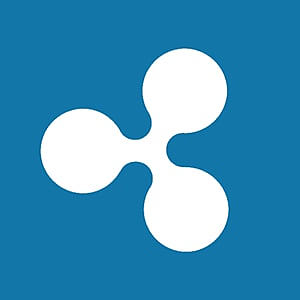Adjustment of the monetary policy framework
The ECB has completed the review of the operational framework for implementing monetary policy announced at the end of 2022 and publicized a number of changes, but also the retention of some parameters. The ECB is thus preparing for the time after the current surplus liquidity has been reduced, which should be the case in a few years' time. The decision to continue to steer the monetary policy stance via the deposit rate remains unchanged. The ECB assumes that short-term money market rates will evolve close to the deposit rate. In this context, it was also announced that the gap between the main refinancing rate and the deposit rate would be reduced from the current 50bp to 15bp as of 18 September 2024. The ECB hopes that this will increase the banks' participation in the weekly tenders and ultimately bring the money market rates closer to the deposit rate. The interest rate for the marginal lending facility will be brought closer to the deposit rate to the same extent and will therefore retain its current gap of 25bp to the main refinancing rate.
The ECB placed a major focus on providing liquidity via a wide range of instruments. This includes short-term main refinancing operations and longer-term refinancing operations with a three-month term. Both facilities continue to be conducted through fixed rate tenders with full allotment. A future expansion of the range of instruments is planned via structural longer-term refinancing transactions and a structural securities portfolio. Both instruments are to be an integral part of the ECB's toolbox for covering the structural liquidity requirements of the banking sector. The aim is to avoid any interference with the monetary policy course by the aforementioned instruments. Details on the design of the new instruments (e.g. term of the refinancing transactions and composition of the securities portfolio) are not yet known. An introduction before 2026 seems unlikely. The current reduction of the APP and PEPP securities portfolios is to be continued.
Banks are likely to have been relieved by the decision to leave the minimum reserve ratio at 1%. This allows banks to continue to invest their surplus liquidity at the current deposit rate of 4%. By contrast, the interest rate on the minimum reserve has been 0% since September 2023. In the run-up to today's decision, there were speculations that the ECB would raise the minimum reserve rate to at least 2%. Since the interest rate turnaround, the central banks' interest expenses have risen due to the higher deposit rates. Interest income from the mostly fixed-interest securities purchased, on the other hand, has remained virtually unchanged. An increase in the minimum reserve ratio would have reduced the central banks' interest costs. At the same time, this would have placed a greater burden on the profitability of smaller banks in particular with a larger share of deposits in refinancing.
This document is intended as an additional information source, aimed towards our customers. It is based on the best resources available to the authors at press time. The information and data sources utilised are deemed reliable, however, Erste Bank Sparkassen (CR) and affiliates do not take any responsibility for accuracy nor completeness of the information contained herein. This document is neither an offer nor an invitation to buy or sell any securities.
Recommended Content
Editors’ Picks

AUD/USD hung out to dry on familiar low end
AUD/USD tried and failed to spark a bull run during the first trading session of 2025, rising on thin volumes before collapsing back into the 0.6200 handle in the later hours of the day. A broad-market push into the safe haven Greenback kept the Aussie pair on the defensive, and the AUD is mired in congestion on the weak side of two-year lows.

USD/JPY flirts with multi-month highs in the 158.00 region
The USD/JPY pair traded as high as 157.84 on Thursday, nearing the December multi-month high of 158.07. Additional gains are on the docket amid prevalent risk aversion.

Gold flat lines above $2,650 ahead of US PMI release
Gold price consolidates its gains near $2,660 after reaching a two-week high during the early Asian session on Friday. The safe-haven flows amid the geopolitical tensions provide some support to the precious metal.

Could XRP surge to new highs in January 2025? First two days of trading suggest an upside bias
Ripple's XRP is up 7% on Thursday, extending its rally that began during the New Year's Day celebration. If long-term holders continue their recent accumulation, XRP could overcome the $2.9 resistance level and aim for a new all-time high.

Three Fundamentals: Year-end flows, Jobless Claims and ISM Manufacturing PMI stand out Premium
Money managers may adjust their portfolios ahead of the year-end. Weekly US Jobless Claims serve as the first meaningful release in 2025. The ISM Manufacturing PMI provides an initial indication ahead of Nonfarm Payrolls.

Best Forex Brokers with Low Spreads
VERIFIED Low spreads are crucial for reducing trading costs. Explore top Forex brokers offering competitive spreads and high leverage. Compare options for EUR/USD, GBP/USD, USD/JPY, and Gold.